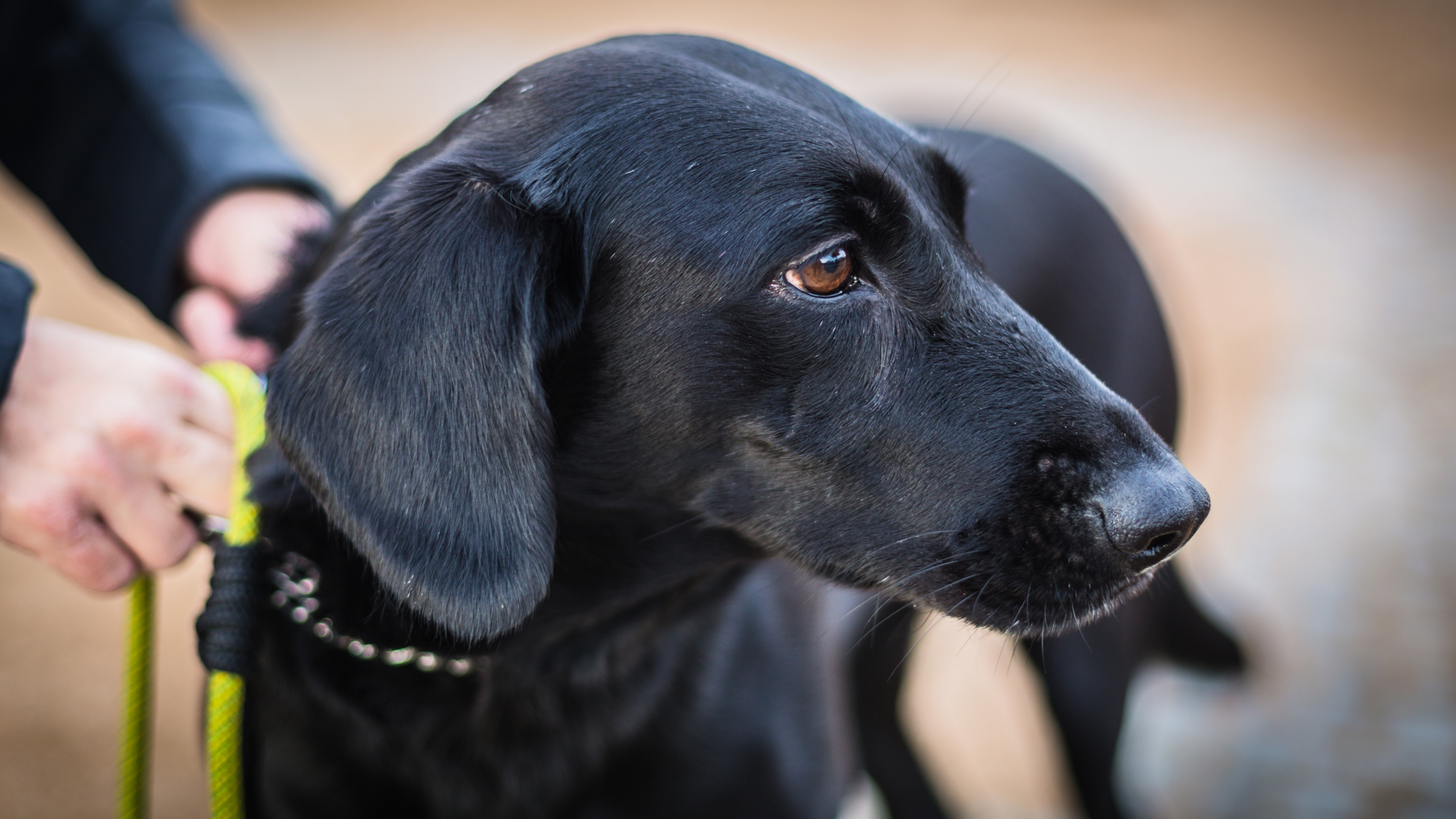
If you've ever found yourself wondering why your four-legged companion barks like crazy or tugs on the leash whenever they spot another dog or stranger, you're not alone.
Unless you have mastered how to calm a reactive dog then the problem with reactivity is twofold. Not only can it lead to unpleasant experiences for both the dog and the owner, but it can also trigger a cycle of anxiety in dogs. When a reactive dog encounters a trigger, their heightened state of alertness can potentially escalate the situation, making them more likely to react negatively in the future.
Additionally, negative behaviors associated with reactivity can take a toll on your relationship with them and limit your dog's exposure to different environments, hindering their overall quality of life.
In light of these challenges, Vanessa Charbonneau, a Certified Professional Dog Trainer at Sit Pretty Behavior and Training, offers valuable insights into managing reactivity in dogs. Drawing from her expertise, Charbonneau identifies three common mistakes dog owners often make when dealing with reactive behavior.
1. Proximity to Triggers
Charbonneau highlights that many owners inadvertently worsen reactive behavior by attempting training too close to a trigger. She explains, "In this situation the dog is likely struggling to respond to cues or even accept food, because they are too worried about the intensity of the trigger."
What's her solution to this? "Get more space! Distance is your reactive dog's best friend! We want to train in an environment where your dog can perceive the trigger but is comfortable, relaxed, and easily able to work!" says Charbonneau.
2. Ignoring Stress Management
Another key point Charbonneau raises is the importance of stress management. She notes that even the most well-structured training plans can flop if a dog is stressed. Prioritizing stress reduction through various activities like licking, chewing, and sniffing can significantly enhance a dog's ability to learn and respond positively to training.
3) Reactive vs. Proactive Approaches
Charbonneau's third insight focuses on the difference between reactive and proactive approaches. "Don't wait for your dog to screw up to then implement consequences for this unwanted behavior. Instead, re-arrange the environment to prevent your dog from making mistakes in the first place. Training without management is going to be an uphill climb."
By avoiding these common mistakes, owners can create a positive and supportive environment that aids in reducing reactive behaviors and helps build a healthier relationship between dogs and their human companions.
Reactivity can be a hard one to tackle so don't be disheartened if you aren't seeing any progress with your training. Reaching out for some 1:1 help from a professional trainer or behaviorist can be beneficial and lift some weight from your shoulders. Be sure to read our guide on how to spot dog trainer red flags before settling on one.







